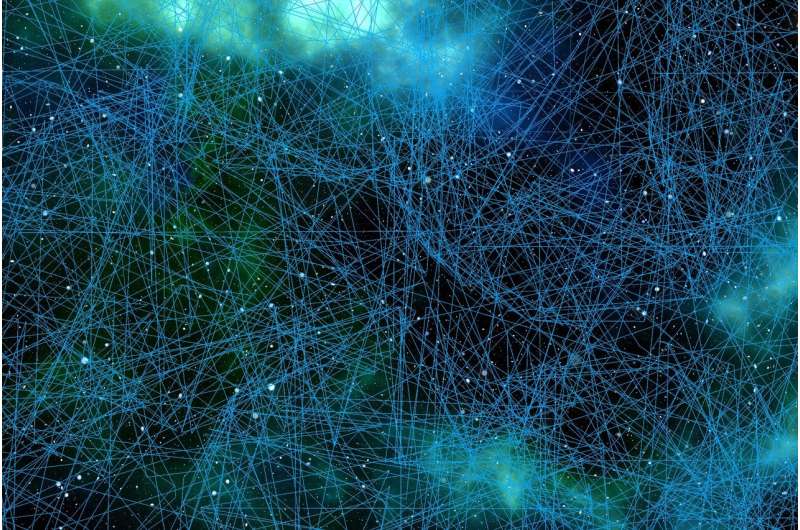Let there be 'circadian' light: New study describes science behind best lights to affect sleep, mood and learning

Researchers at UW Medicine have decoded what makes good lighting—lighting capable of stimulating the cone photoreceptor inputs to specific neurons in the eye that regulate circadian rhythms.
Their study, "A color vision circuit for non-image-forming vision in the primate retina," published in Current Biology Feb. 20, identifies a cell in the retina, which plays an important role in signaling our brain centers that regulate circadian rhythms, boost alertness, help memory and cognitive function, and elevate mood.
These effects have been attributed to a pigment in the eye called melanopsin, which is sensitive to blue light, but researchers say cone photoreceptors are a thousand times more sensitive to light than melanopsin. The cone photoreceptor inputs to the circadian circuity respond to short wavelength blue light, but they also respond strongly to long wavelength oranges and yellows and contrasting light—the colors at sunrise and sunset.
Lead author Sara Patterson, a graduate student in neuroscience at the University of Washington School of Medicine, said how we set our internal clocks to the external light-dark cycle has been studied a lot. But how the changes in the color of light affect our brain has not.
"Color vision used for something other than color perception was the most exciting part for me," she said.
In the study, Patterson and colleagues identified a cell known as an inhibitory interneuron or amacrine cell in the retina, which signals to photosensitive ganglion cells that affect our circadian brain centers. The researchers said these amacrine cells provide "the missing component of an evolutionary ancient color vision circuit capable of setting the circadian clock by encoding the spectral content of light."
Patterson said so little is known about rare retinal circuitry that it was possible to find a new blue cone cell. She said there is a lot more to be discovered about how blue cone cells are projecting to other areas of the brain.
While sunrise lights, blue lights and seasonal affective disorder (SAD) lights have all tried to capture benefits of natural light, they haven't been that effective because they are missing key science data, said corresponding author Jay Neitz, professor of ophthalmology at the UW School of Medicine, a scientist at the UW Medicine Eye Institute, and a well-known color vision researcher. He said the science behind SAD lights, for example, is to make lights hundreds of times brighter than normal lights to stimulate melanopsin.
"This research all started because of our interest in the health benefits of having natural light that occurs at the right time of day that helps regulate our circadian clock and our mood and alertness," Neitz said.
The University of Washington has licensed technology based on this discovery to TUO, a lighting technology company that will be selling white LED lightbulbs that will incorporate undetectable sunrise and sunset wavelengths for commercial use.
More information: Current Biology (2020). DOI: 10.1016/j.cub.2020.01.040
Journal information: Current Biology
Provided by University of Washington



















